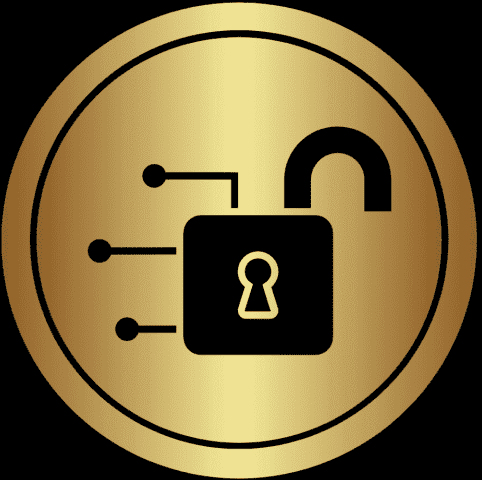Capturing RAM in Digital Forensics: Why Memory Acquisition Matters
In digital forensics and incident response (DFIR), memory acquisition is one of the most critical, time-sensitive, and often misunderstood phases of an investigation. Random Access Memory (RAM) holds a volatile snapshot of a system’s live state, meaning its contents are lost when power is cut. It can reveal everything from in-memory malware and decrypted containers … Read more

